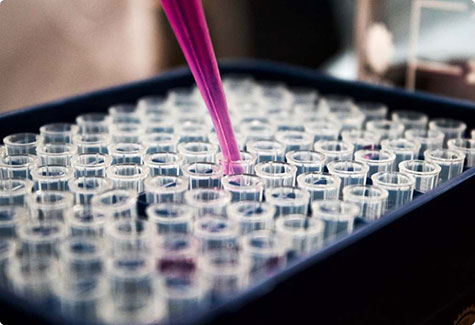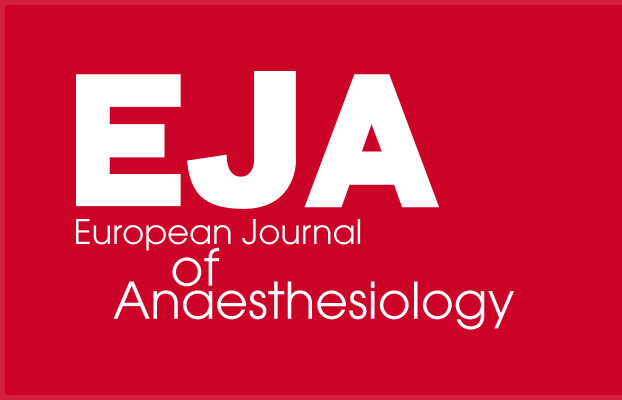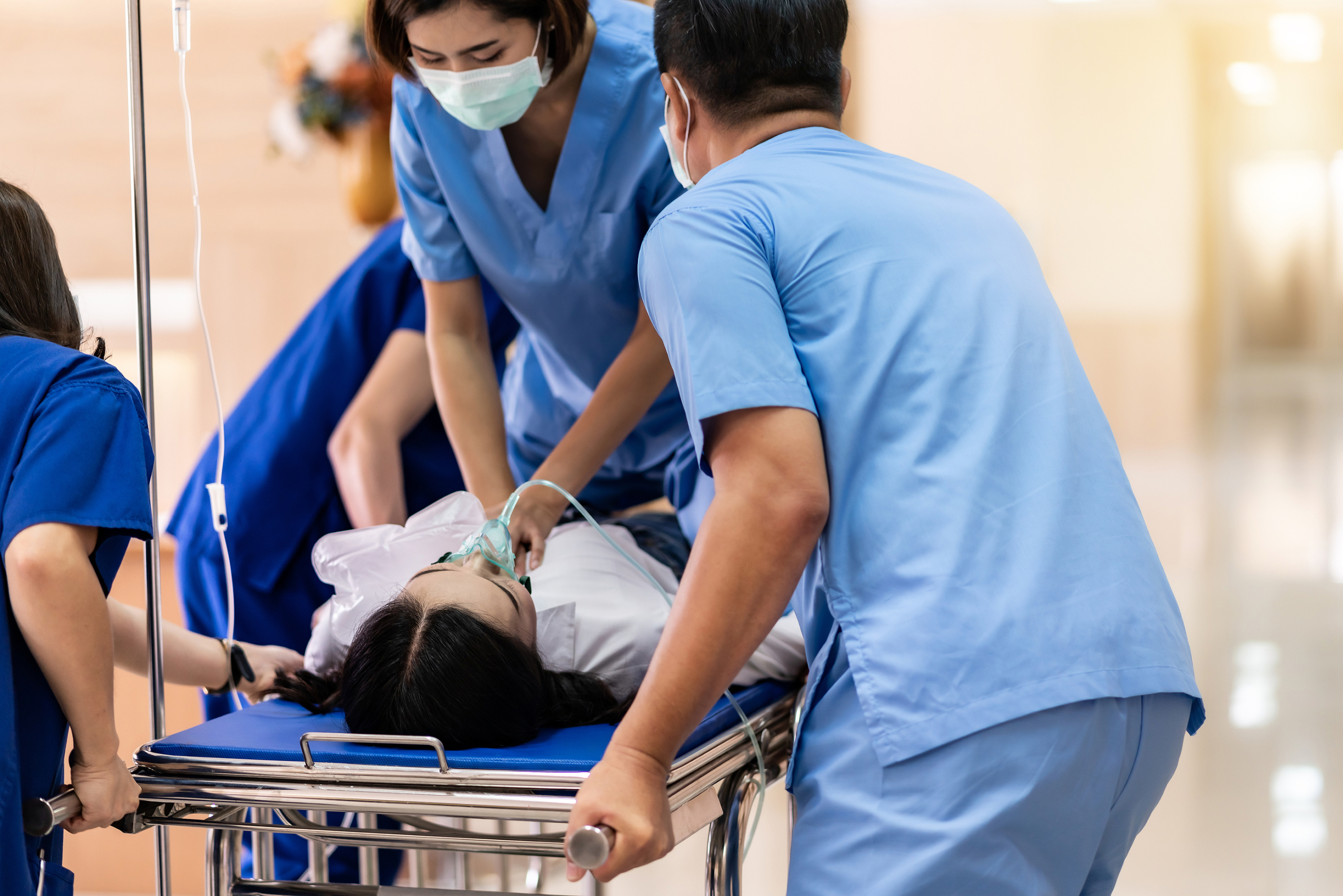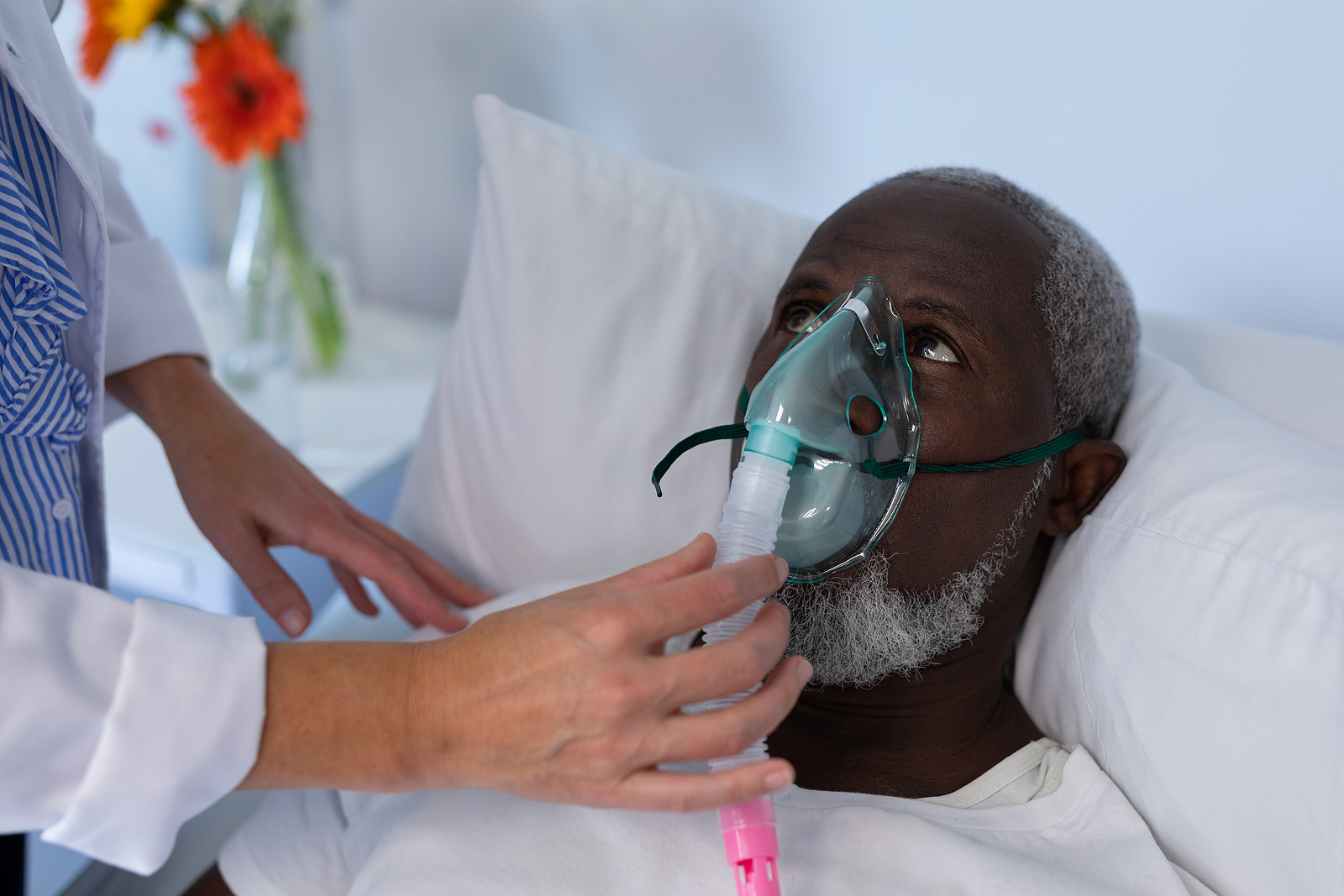Newsletter 2021
Robotic Anaesthesia
Chief editor note: we continue our tradition of inserting, here and in the next issues, some abstracts of paper to be presented at the next Euroanaesthesia, December 2021
Sean Coeckelenbergh, M.D.1, Alexandre Joosten, M.D. Ph.D.1,2
joosten-alexandre@hotmail.com
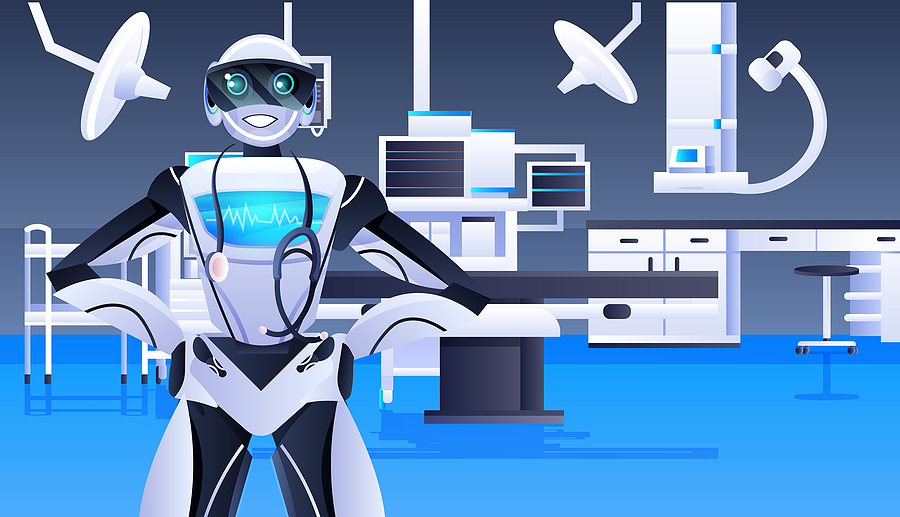
Automatisation and robotics are all around us. Self-driving cars are a reality, aeroplane autopilot has been the norm for years, and even the thermostats in our operating rooms use a closed-loop circuit to maintain an often freezing cold predetermined temperature. Nonetheless, the majority of our medical monitoring systems have no function beyond displaying data to clinicians. If computer systems can drive cars and fly planes safely surely there is more they can be doing for patient care than just displaying numbers on a screen!
Intensive care or operating room patients often require constant assessment and optimisation for considerable periods of time (from hours to weeks). Anaesthetics, vasopressors, fluids and other therapies are useful, but also dangerous, drugs that need to be delivered effectively. This remains today a challenge in perioperative and intensive care medicine. As Peter Pronovost from Johns Hopkins Hospital said:
“The fundamental problem with the quality of medicine is that we’ve failed to view delivery of health care as a science. The tasks of medical science fall into three buckets. One is understanding disease biology. One is finding effective therapies. And one is ensuring those therapies are delivered effectively. That third bucket has been almost totally ignored by research funders, government, and academia. It’s viewed as the art of medicine. That’s a mistake, a huge mistake. And from a taxpayer’s perspective it’s outrageous.”
Why do planes have autopilot? Why does our thermostat operate using a closed-loop system? Why do countless other contemporary tools depend on robotic systems? The answer is simple: for repetitive tasks that require constant assessment, automated systems work better than humans. In other words, for therapies that require constant evaluation and modification, robotic systems are more effective at ensuring therapeutic delivery with less under-and over-treatment.1,2 While we get bored very quickly with such tasks, a robot will never get bored. It’s the same in aeronautics, engineering, medicine, anaesthesia, and intensive care. Time after time automated robotic systems have been shown to have higher compliance to a predetermined protocol, and compliance is essential. We can have access to all the monitors and therapies in the world, but if we do not apply a clear protocol with high compliance, we won’t have any conclusive results.
Closed-loop robotic systems have been available for several decades. 3 Many of today’s anaesthesia machines can maintain a predetermined gas concentration (oxygen, nitrous oxide, halogenated ethers) using closed-loop systems. Titration of propofol and remifentanil using robotic technology that assesses electroencephalographic changes to then infuse the anaesthetics and maintain a steady-state was an early step in introducing such systems in the operating room. Even a closed-loop vasodilator system was developed over 20 years ago to avoid hypertension during cardiac surgery. More recently, a renewed effort to couple goal-directed haemodynamic therapy to closed-loop robotic systems has gained substantial ground.4-7
Over the past decade, several key studies have shown the potential of using robotically controlled (i.e., automated) haemodynamic closed-loop systems in the operating room and intensive care setting.8-12 Initial studies focused on the development of a closed-loop robotic system capable of interpreting the patient’s fluid status and administering fluid boluses when necessary.11,12 This tool, which was validated in silico and in vivo with both crystalloids and colloids, was found to maintain patients longer in a fluid-independent state than clinicians and was linked to the improved postoperative outcome and shorter hospital length of stay when compared to standard care fluid therapy in patients undergoing major abdominal surgery.13 The next step was to develop a robotic closed-loop vasopressor system. 9,14-16Again, tested both in silico and in vivo this system was shown to maintain blood pressure in target more often and with less variation than when vasopressors were administered by a physician or intensive care nurse.17,18 In other words, these systems are able to more consistently apply the predetermined therapy in order to optimise the patient’s hemodynamics.
Haemodynamics, though essential, is not the only component of perioperative and intensive care medicine. The future lies in integrating all these robotic systems with one mother controller (i.e., a coordinator controller/robot) that can interpret the input and output from all systems. Although combining different robotic systems that work independently during anaesthesia for major abdominal surgery was shown to be feasible19 and even beneficial for postoperative cognitive function when compared to standard care non-robotic anaesthesia,20,21 a centralized robotic controller is yet to be developed. Nonetheless, although still considered as research tools, robotic systems in anaesthesia are here!22 These independent systems can now be implemented at the bedside.3 It is up to us to move forward with their implementation while developing systems that allow fully-fledged coordination of therapies to administer them as effectively as possible.
References
- Pasin L, Nardelli P, Pintaudi M, et al. Anesth Analg. 2017;124(2): 456-464.
- Brogi E, Cyr S, Kazan R, et al. Anesth Analg. 2017;124(2): 446-455.
- Zaouter C, Joosten A, Rinehart J, et al. Anesth Analg. 2020;130(5): 1120-1132.
- Alexander B, Rinehart J, Cannesson M, et al. Best Pract Res Clin Anaesthesiol. 2019;33(2): 199-209.
- Coeckelenbergh S, Zaouter C, Alexander B, et al. J Anesth. 2020;34(1): 104-114.
- Joosten A, Alexander B, Delaporte A, et al. Anaesthesiol Intensive Ther. 2015;47(5): 517-523.
- Rinehart J, Lee S, Saugel B, et al. Semin Respir Crit Care Med. 2021;42(1): 47-58.
- Joosten A, Alexander B, Duranteau J, et al.. Br J Anaesth. 2019;123(4): 430-438.
- Joosten A, Delaporte A, Alexander B, et al. Anesthesiology. 2019;130(3): 394-403.
- Joosten A, Hafiane R, Pustetto M, et al. J Clin Monit Comput. 2019;33(1): 15-24.
- Rinehart J, Lilot M, Lee C, et al. Crit Care. 2015;19(1): 94.
- Joosten A, Huynh T, Suehiro K, et al. Br J Anaesth. 2015;114(6): 886-892.
- Joosten A, Coeckelenbergh S, Delaporte A, et al. Eur J Anaesthesiol. 2018;35(9): 650-658.
- Rinehart J, Joosten A, Ma M, et al. J Clin Monit Comput. 2019;33(5): 795-802.
- Rinehart J, Cannesson M, Weeraman S, et al. J Cardiothorac Vasc Anesth. 2020;34(11): 3081-3085.
- Joosten A, Coeckelenbergh S, Alexander B, et al. Anaesth Crit Care Pain Med. 2020;39(5): 623-624.
- Joosten A, Chirnoaga D, Van der Linden P, et al. Br J Anaesth. 2021;126(1): 210-218.
- Joosten A, Rinehart J, Van der Linden P, et al. Anesthesiology. 2021;135(2): 258-272.
- Joosten A, Jame V, Alexander B, et al. Anesth Analg. 2019;128(6): e88-e92.
- Joosten A, Rinehart J, Bardaji A, et al. Anesthesiology. 2020;132(2): 253-266.
- Cotoia A, Mirabella L, Beck R, et al. Minerva Anestesiol. 2018;84(4): 437-446.
- Joosten A, Rinehart J. Anesth Analg. 2017;125(1): 20-22.
Read our Monthly newsletter.
Read More of our special newsletter covering our virtual congress 2020.
Visit our COVID-19 Resource Hub for other news and resources.

